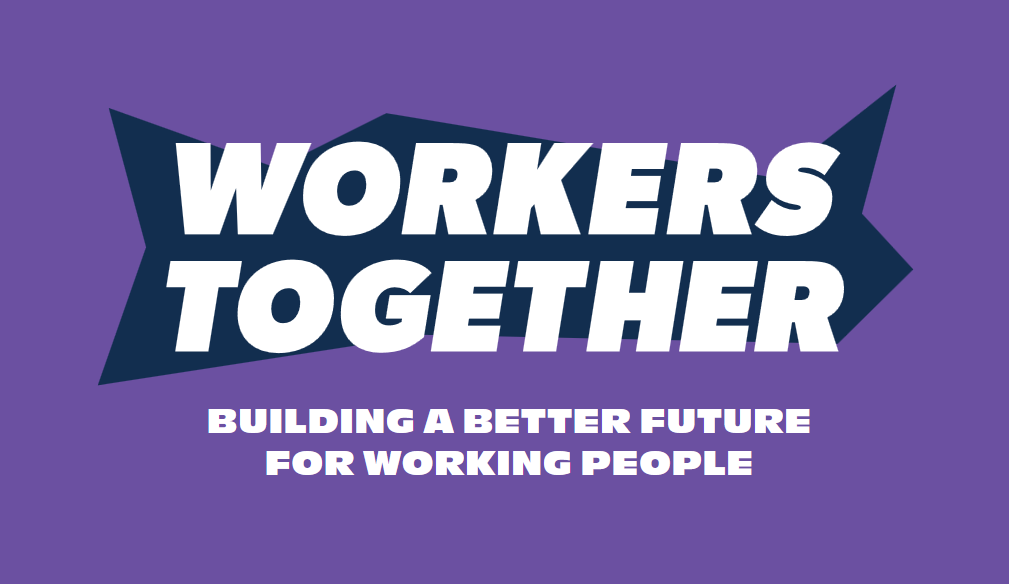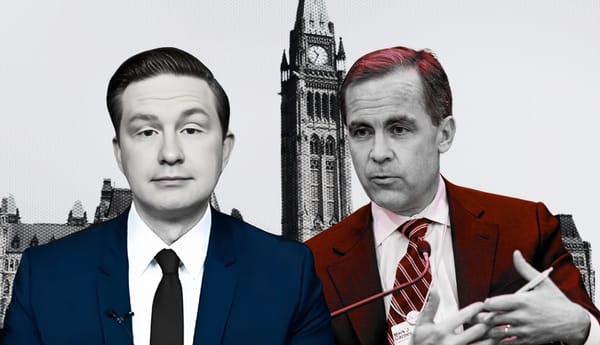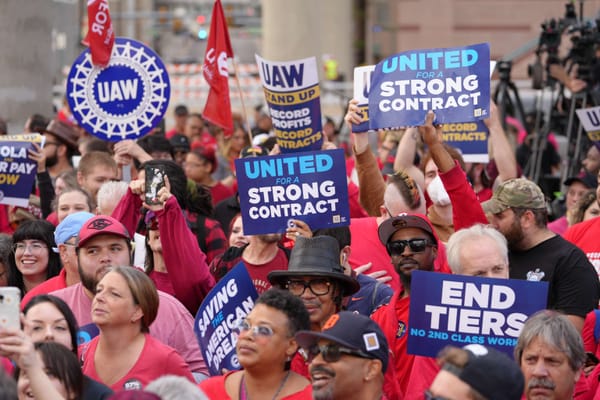The writing is on the wall: it’s all but certain we’re heading for a recession in the not-too-distant future as the Bank of Canada continues to hike interest rates to suppress demand and tame inflation. The Bank’s policy rate has hit 3.25 per cent, up from 0.25 when the ‘inflationary crisis’ began.
There was nothing inevitable about this. It was a political choice, made in the context of a left unfortunately too weak to compel those in power to reverse course.
Although there’s near consensus on the impending economic contraction, the depth and extent of the downturn is seemingly up for debate. Some bank economists not only believe a recession is highly likely and imminent, but that the Bank actually wants one. Despite the latter’s hawkish posturing about taming inflation, the Bank nevertheless still purports to believe that a recession is avoidable and a “soft landing” that doesn’t sacrifice employment is possible. But almost no one else buys this.
All the major banks in Canada, for example, have issued macroeconomic forecasts that predict recession here and beyond, with varying degrees of severity. RBC expects the downturn to be “moderate,” with about a 1.5 percentage point rise in unemployment by Q4 of next year above August 2022 levels. Similarly, BMO forecasts a 1.3 percentage point increase in unemployment over the same time period. In either case, this would translate into roughly 300,000 additional unemployed workers (above the 1.1 million who were unemployed this August).
What all the bank forecasts have in common, however, is their underestimation of the likely negative consequences of continued rate hikes and resultant recession. In this sense, it seems that bank economists have imbibed some of the Bank of Canada’s messaging regarding a “soft landing” — how soft the landing evidently depends on one’s labour market position a year from now. The banks are, consequently, projecting optimism that is unwarranted.
By contrast, David Macdonald, senior economist at the Canadian Centre for Policy Alternatives, has crunched the numbers using as his guide past instances when the central bank choked inflation out of the economy. Through this method, Macdonald estimates that the Canadian economy would likely lose 1.3 million jobs and hit over 11 per cent unemployment in the worst case scenario. If the Bank pursues a less aggressive approach, but still remains committed to returning the price level to its 2 per cent inflation target over the coming fiscal year, this would translate into roughly 850,000 lost jobs, equivalent to a 2.7 per cent fall in employment below August 2022 levels.
Needless to say, if history is any indication, taming inflation through monetary policy will punish workers far more than Canadian capital’s chief prognosticators are currently letting on. Workers seem to know better also. According to BMO’s Real Financial Progress Index from late September, 81 per cent of survey respondents were worried the economy is headed into recession and had adjusted their spending habits accordingly.
For many, reducing current spending is unlikely to be enough to safeguard against economic harm. As the Financial Post reports, a survey by the National Payroll Institute indicates that Canadian families are increasingly financially strapped, with the number of people reporting that they are living paycheque-to-paycheque climbing 26 per cent relative to last year. To cope, workers are taking on additional debt. The number of people carrying credit card debt, for example, shot up to 42 per cent from 29 per cent a year earlier. The average Canadian is now carrying $21,128 of debt. For every dollar they earn, they owe $1.81. Total consumer debt stands at $591.4 billion, excluding mortgage debt. Raising interest rates will only make matters worse by increasing the cost of servicing this debt. The overall debt level is enough to worry banks who are setting aside millions in anticipation of a wave of defaults should recession and unemployment set in.
What’s more, we’re marching headlong into a recession with a still-broken unemployment insurance system. The federal government has now let the temporary measures put in place during the pandemic meant to expand access to Employment Insurance (EI) expire without reforming the program. Instead of a uniform requirement of 420 insurable hours to receive benefits, as of September 25 the old rules are back in place where workers need between 420 and 700 hours to qualify. Despite the government recognizing the serious faults with the EI system and engaging in an ongoing consultation process to reform it, current eligibility again depends on the unemployment rate in the region where workers live. Ignored thus far have been calls to extend the temporary measures until the reforms are complete and to permanently lower the hours requirement to a uniform 360 hours across the country.
Of course, all of this monetary tightening and fiscal retrenchment is also global in scale. A new report from the World Bank, which revises down growth projections across the advanced capitalist countries, notes that we’re currently “in the midst of one of the most internationally synchronous episodes of monetary and fiscal policy tightening of the past five decades.” In other words, with inflation a pressing issue, governments are simultaneously pulling fiscal supports and cutting spending, while central banks raise rates and choke off demand.
The newest Labour Force Survey (LFS) in Canada also shows continued signs of a cooling labour market. In fact, Q3 2022 was the worst quarter for employment since the pandemic recession. Although unemployment declined somewhat — down to 5.2 per cent after climbing to 5.4 per cent last month — this change is almost entirely the result of fewer workers looking for jobs. Moreover, total hours worked also declined in September. Net job growth was concentrated in the public sector, while the private sector lost 66,000 jobs over the past six months. The chief economist at BMO Capital Markets referred to last month’s jobs numbers as “fully consistent with a slowing economy.”
While the cooling might encourage the Bank of Canada to back off a more aggressive rate hike in its next announcement, governor Tiff Macklem has given every indication that there’s “more work to be done,” i.e., further rate increases are on the way. In fact, Macklem is sounding even more hawkish of late, indicating to an audience in Halifax last week that he remains committed to aggressively pursuing the Bank’s 2 per cent inflation target.
Macklem has of course previously caught flack for advising employers not to “bake inflation in” through long-term wage increases. Wages have ticked upward throughout the year in the face of historically high job vacancy rates, reversing decades of wage stagnation. Yet this upward wage pressure hasn’t been enough to keep pace with inflation, nor has it reversed the now decades-long decline in labour’s share of GDP in any appreciable way. Despite the employing class incessantly complaining about labour shortages and upward wage pressure — and being given ample media real estate to do so — the LFS showed a fall (by 0.2 per cent) in average wages from the previous month.
Worse still, there’s been a noticeable shift toward blaming workers — particularly unionized workers — for excessive wage demands that are purportedly fueling the inflationary fire. Nothing could be further from the truth. The federal Treasury Board, currently in bargaining with the Public Service Alliance of Canada, seems to be taking some of this advice, refusing to countenance the wage demands of federal public servants.
It seems to all be the perfect storm. Workers are being forced to pay the price of an inflationary crisis they did nothing to encourage. If the onset of this crisis last summer did not sufficiently motivate us to craft and fight for a progressive policy response, what’s coming down the pike certainly should.







